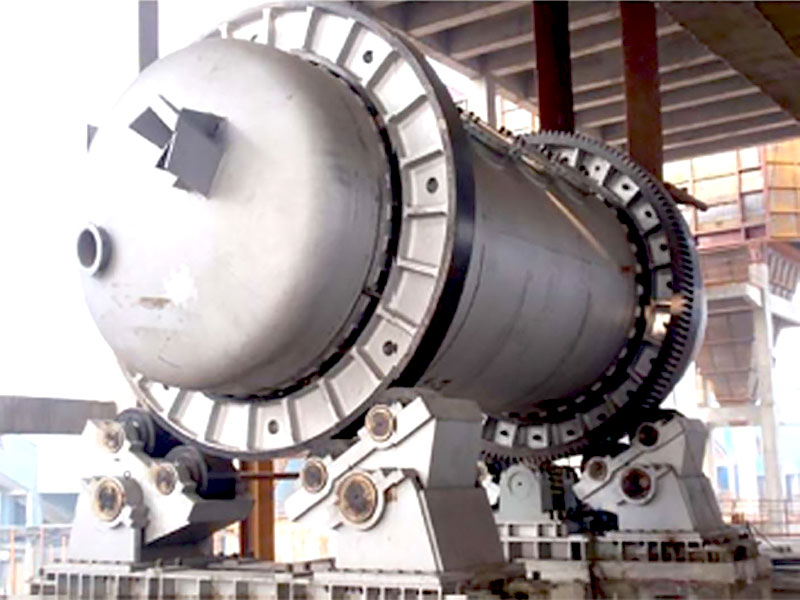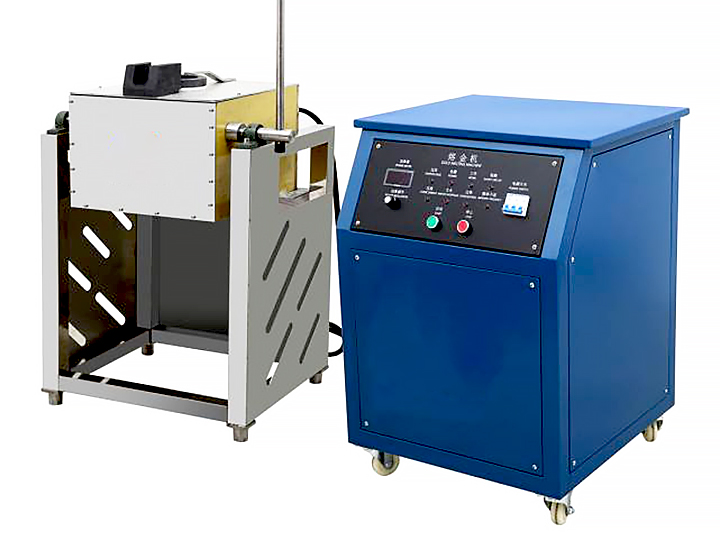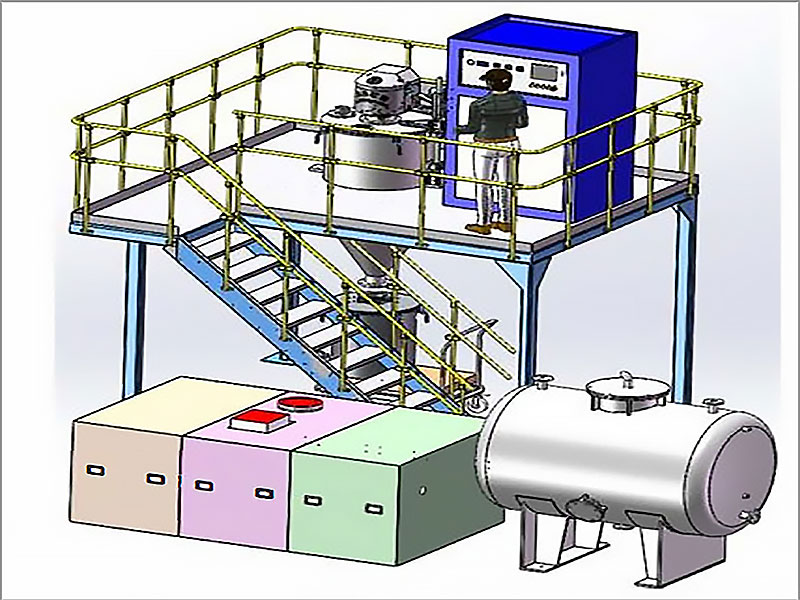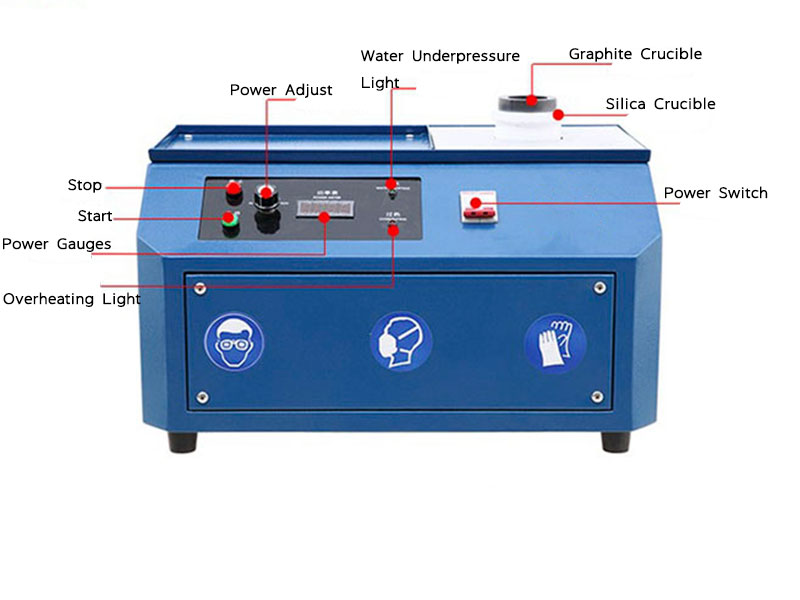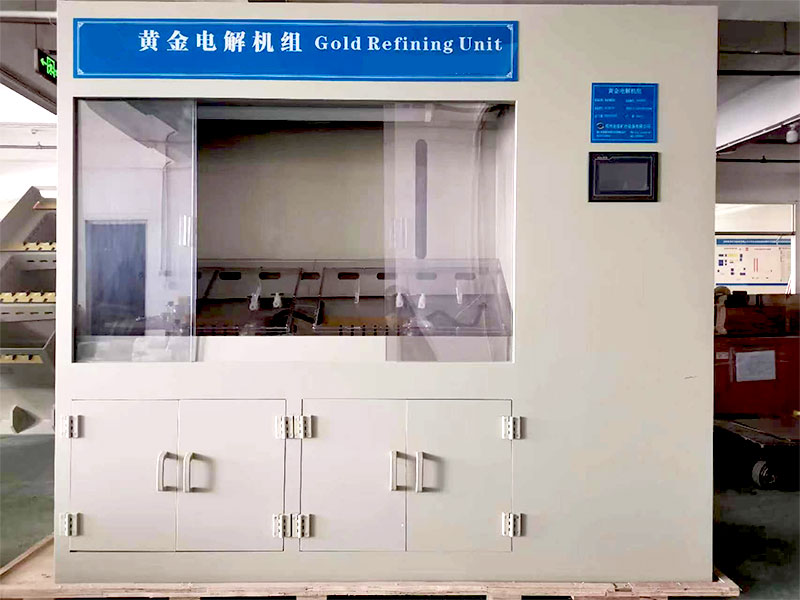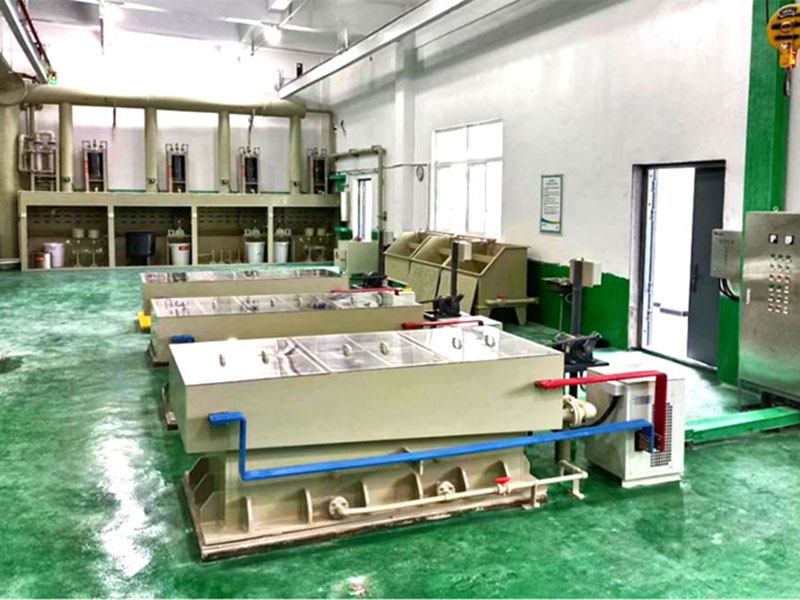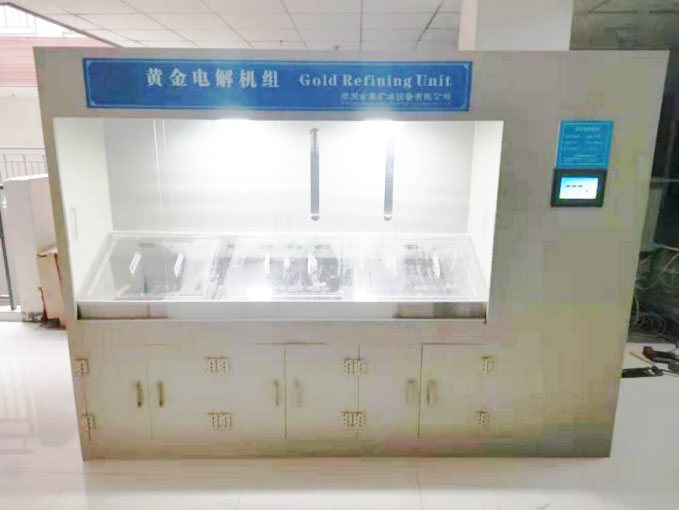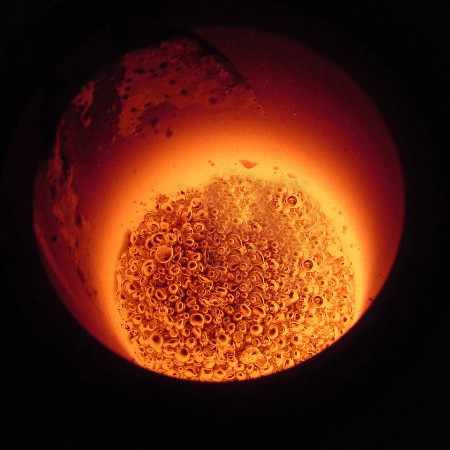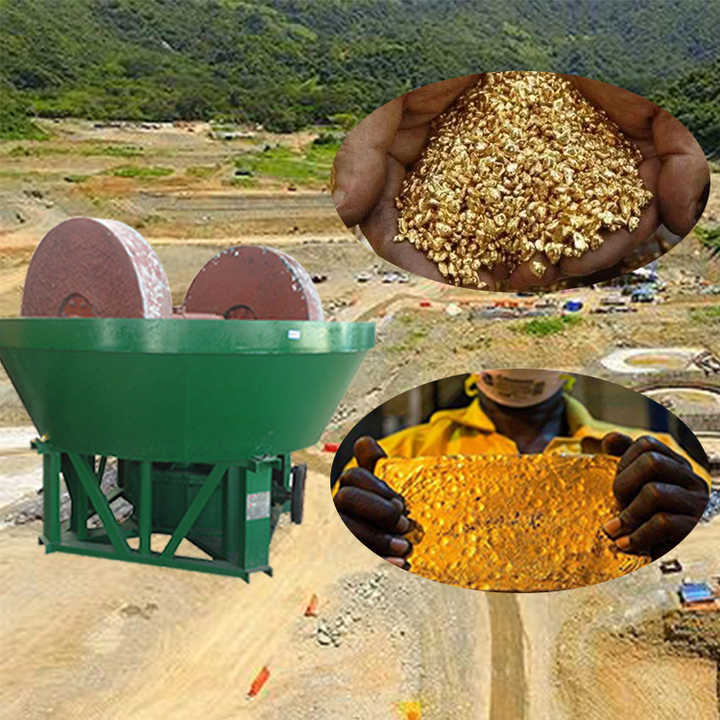Gold Smelting In South Africa
Gold Smelting in South Africa: A Journey Through Innovation and Tradition
Gold smelting in South Africa represents more than just an industrial process; it’s a testament to the country’s rich history and its commitment to advancing mining technologies. As one of the world’s leading gold producers, South Africa has long been synonymous with this precious metal. From traditional methods to cutting-edge advancements, the journey of gold from ore to bullion is a story of innovation, resilience, and economic significance. This article explores various aspects of gold smelting in South Africa, highlighting the role of FRT Machinery in enhancing efficiency and sustainability.
Historical Context of Gold Smelting
The history of gold smelting in South Africa dates back to the late 19th century during the Witwatersrand Gold Rush. Initially, rudimentary techniques were employed, which involved crushing ore by hand and using simple tools for smelting. Over time, these practices evolved into more sophisticated operations. Today, the industry stands on the shoulders of giants, leveraging advanced technologies provided by manufacturers like FRT Machinery to streamline processes and reduce environmental impact.
Innovative Techniques in Modern Gold Smelting
Innovation is at the heart of modern gold smelting in South Africa. Companies such as FRT Machinery have introduced state-of-the-art equipment that enhances the efficiency of extracting gold from ore. These innovations include high-tech furnaces designed specifically for the smelting process, ensuring higher purity levels and reduced energy consumption compared to traditional methods. Additionally, new chemical leaching processes allow for better recovery rates without compromising on safety standards.
Sustainability Efforts in Gold Smelting
As awareness grows regarding the environmental impacts of mining activities, there has been a significant push towards sustainable practices within the gold smelting sector. FRT Machinery plays a crucial role here by providing solutions that minimize waste and reduce emissions. For instance, their advanced filtration systems help in treating wastewater generated during the smelting process, making it safe for reuse or release into the environment. Such efforts are vital in maintaining ecological balance while supporting economic growth.
Economic Impact of Gold Smelting
The economic importance of gold smelting cannot be overstated. It contributes substantially to South Africa’s GDP and provides employment opportunities for thousands. With the advent of more efficient and environmentally friendly techniques promoted by companies like FRT Machinery, the industry continues to thrive, driving economic development across regions. Moreover, increased investment in research and development ensures that South Africa remains a leader in gold smelting technology globally.
Regulatory Framework Governing Gold Smelting
To ensure responsible mining practices, South Africa has implemented stringent regulations governing all aspects of gold production, including smelting. These laws mandate the use of approved equipment and processes, such as those offered by FRT Machinery, which comply with international standards for safety and environmental protection. Regular audits and inspections further guarantee adherence to these guidelines, fostering trust among stakeholders and promoting ethical business practices within the industry.

Future Prospects of Gold Smelting

Looking ahead, the future of gold smelting in South Africa looks promising. Continued investments in R&D, coupled with supportive government policies, will likely lead to even more innovative solutions. FRT Machinery, committed to pushing boundaries, aims to develop technologies that not only improve operational efficiency but also contribute positively to societal and environmental well-being. As challenges arise, so too does the potential for groundbreaking advancements that could redefine the landscape of global gold production.

